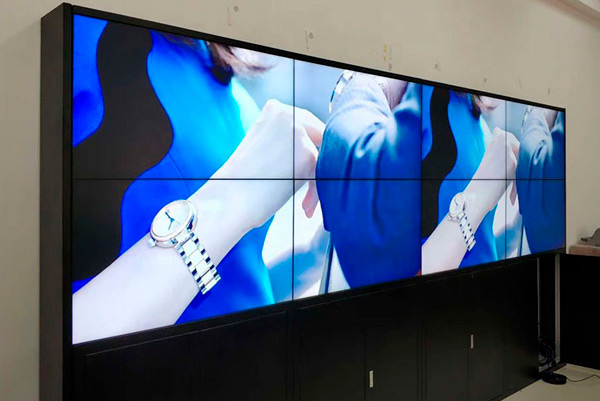A Thorough Analysis of Various Light Emitting Diode Display Wall Techniques and Their Uses
A Thorough Analysis of Various Light Emitting Diode Display Wall Techniques and Their Uses
Blog Article
Light Emitting Diode display walls are more common across different settings, such as concerts, athletic competitions, and corporate presentations. These large displays consist of composed of numerous individual LED panels that work together to form a cohesive unified visual. There are different types of LED video wall technologies available, every having its unique characteristics as well as benefits. Understanding these technologies can help businesses and organizations choose the appropriate option for their particular requirements.
A common kind of LED video screen solution is the direct view LED. This technology uses individual Light Emitting Diode units that are placed near in proximity to form a large screen. Directly viewed Light Emitting Diode walls are known for their elevated brightness and lively hues, which makes them ideal for outdoor events and well-lit illuminated environments. They also have a broad viewing perspective, which indicating that viewers can see the display distinctly at different locations. Such makes direct view LED screens a favored option for stadiums and outdoor festivals.
A different kind of LED video screen solution is the LED illuminated LCD. This technology combines conventional Liquid Crystal Display screens with Light Emitting Diode backlighting to enhance brightness and hue precision. LED illuminated Liquid Crystal Displays are often used in indoor settings, including retail malls as well as meeting spaces. These displays provide excellent image quality and are generally more affordable than directly viewed Light Emitting Diode screens. Nonetheless, they may not perform as effectively in well-lit settings, since the illumination can occasionally dull the hues.
A third option is the OLED video wall. OLED solution offers superior differentiation as well as hue depth compared to other types of displays. Each pixel in an OLED screen produces its own luminescence, enabling for genuine dark tones as well as lively colors. This makes OLED display walls particularly appealing for applications that require high-quality visuals, such as art galleries or high-end retail stores. However, Organic Light Emitting Diode technology can be more expensive while may not be as luminous as directly viewed Light Emitting Diode screens, rendering it not appropriate for external applications.
In addition to these technologies, there are additionally Check This Out multiple uses for Light Emitting Diode display walls. These displays can be utilized for promotion, entertainment, and data presentation. For example, companies commonly use LED video screens for electronic signage to attract clients and promote goods. Within entertainment, these displays enhance the sight experience at concerts as well as events, providing lively backdrops and captivating images. In corporate settings, LED display walls can be used for presentations, video meetings, and training programs, aiding to convey data through a aesthetically appealing manner.
To summarize, LED display screens come in different types, each with its unique advantages and uses. Directly viewed LED walls are great for outdoor use, whereas LED-backlit LCDs are more appropriate for indoor environments. Organic Light Emitting Diode video walls offer superior image clarity yet may be at a greater cost. Grasping these variations can assist entities make knowledgeable decisions about which kind of LED display screen best meets their needs, whether it be for advertising, amusement, and corporate applications.